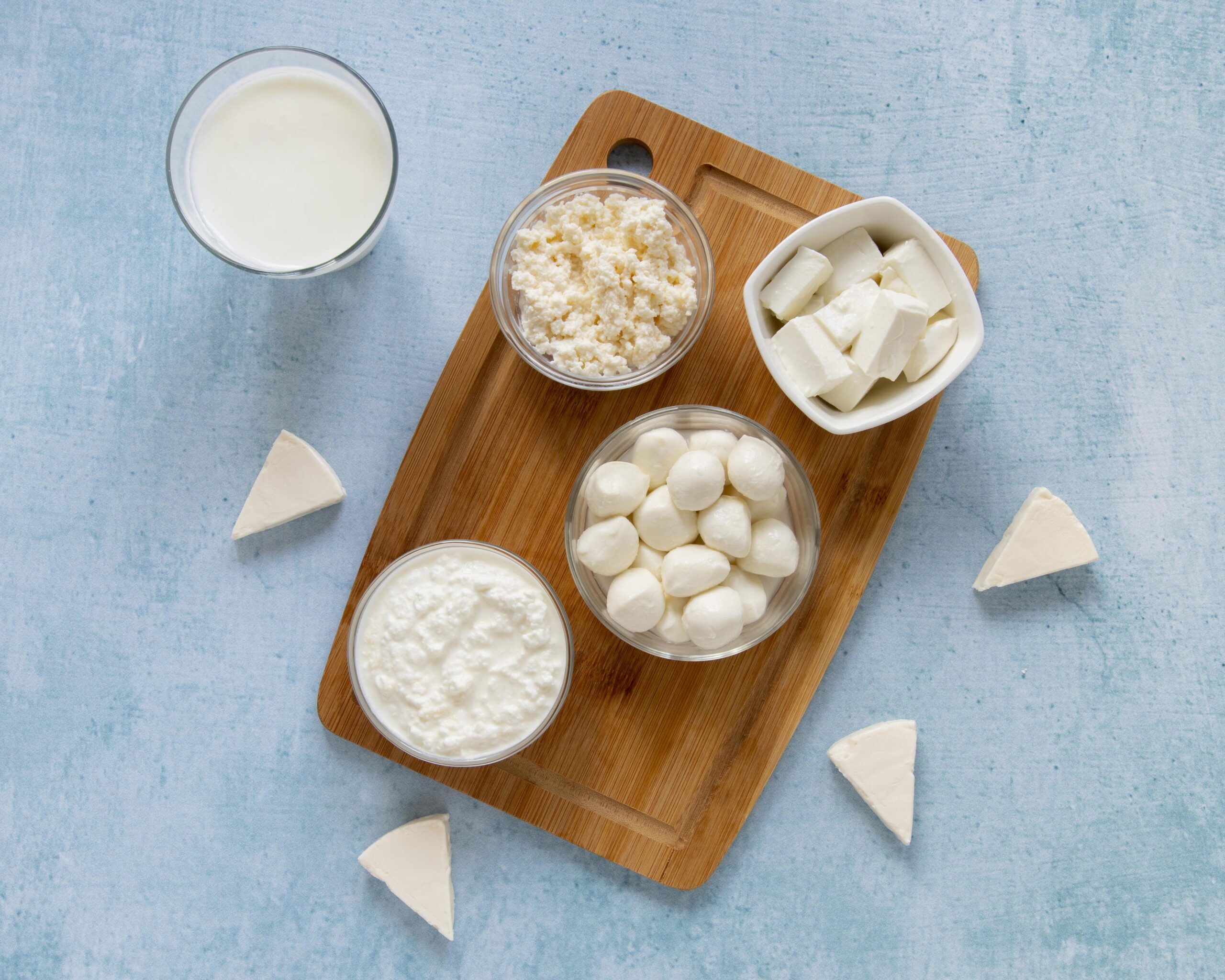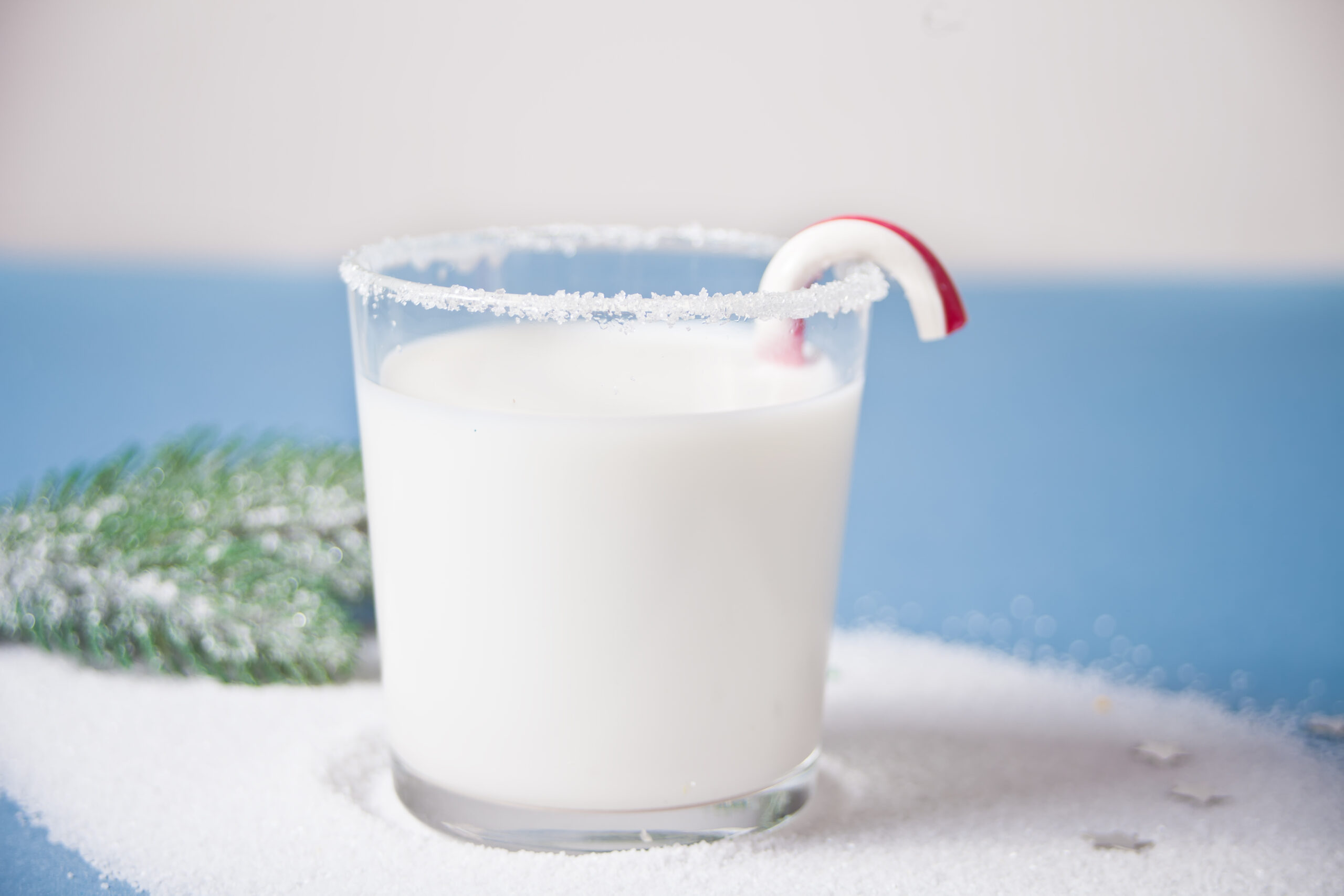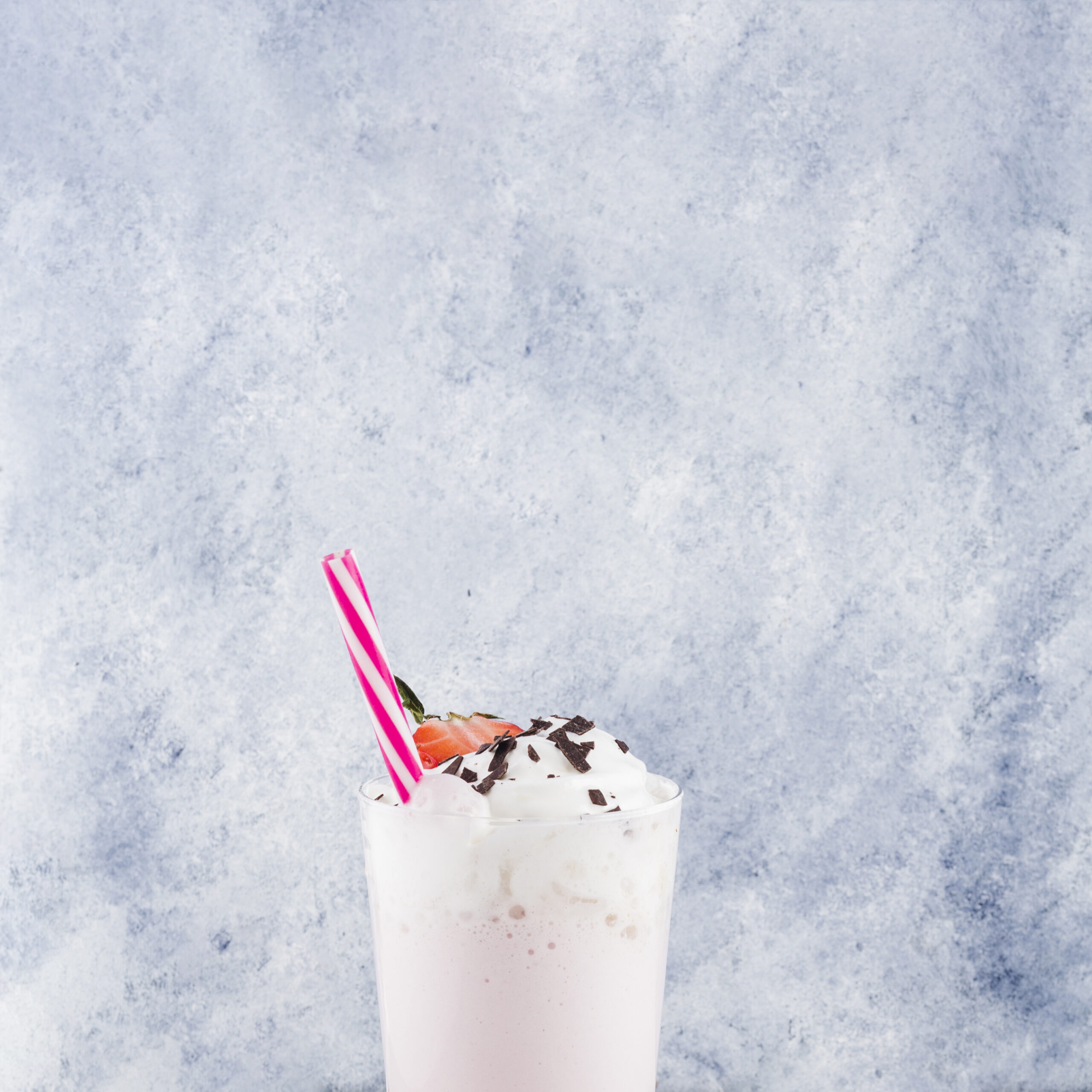- ACTIVITIES
The 100 Very Best Riddles


Milk is a staple in many households, cherished for its versatility and nutritional benefits. However, its limited shelf life often leads to wastage. Freezing milk is a practical solution to extend its usability, allowing you to enjoy it even after its expiration date. This article delves into the practice of freezing milk, exploring its historical roots, the effects on texture and flavor, and offering practical tips and creative uses for frozen milk.
Freezing milk is a method that has gained popularity due to its simplicity and effectiveness in reducing food waste. By freezing milk, you can preserve its nutritional content and extend its shelf life significantly. This practice is particularly beneficial for those who buy milk in bulk or find themselves with excess milk nearing its expiration date. Freezing offers a convenient way to ensure that milk remains a viable ingredient in your kitchen without the rush to consume it before it spoils.

The concept of preserving milk dates back centuries. Before the advent of refrigeration, various techniques were employed to extend the life of milk. These included fermenting milk into products like yogurt and cheese, which naturally last longer. The historical context of milk preservation highlights the human ingenuity in overcoming the challenges posed by perishable goods. With the introduction of refrigeration and freezing technologies, preserving milk became more efficient and accessible, paving the way for modern practices like freezing milk.
While freezing milk is an effective preservation method, it does have some impact on the milk’s texture and flavor. When milk is frozen, the water content within it expands, which can cause the milk solids to separate upon thawing. This separation can result in a grainy texture and a slightly altered taste. However, these changes are primarily aesthetic and do not affect the safety or nutritional value of the milk. For many, the convenience of having milk readily available outweighs these minor texture and flavor changes.
Freezing milk at home is straightforward, but following a few guidelines can ensure the best results. Here is a step-by-step freezing process:
These storage tips for frozen milk can help maintain its quality and ensure it remains a useful ingredient in your kitchen.

Frozen milk can be a versatile addition to your culinary repertoire. Here are some recipe ideas using frozen milk:
These creative uses demonstrate how frozen milk can be seamlessly integrated into a variety of dishes, reducing waste and enhancing your meals.
Freezing milk retains its nutritional content, making it a healthy option for those looking to reduce food waste. Milk is a rich source of calcium, vitamin D, and other essential nutrients, and freezing does not diminish these benefits. However, it is important to consume thawed milk within a reasonable timeframe to ensure freshness and quality. While frozen milk is generally safe for consumption, it is advisable to use it within one to three months for optimal taste and texture.
Beyond traditional uses, frozen milk can inspire creativity in the kitchen. Consider making homemade ice cream or gelato using thawed milk, combining it with flavors like vanilla or chocolate for a delightful treat. Additionally, frozen milk cubes can be used to chill coffee or tea without diluting the drink, offering a clever twist on your favorite beverages. These innovative ideas highlight the versatility of frozen milk, encouraging experimentation and reducing food waste in the process.
In conclusion, freezing milk is a practical and effective way to extend its shelf life and reduce waste. By understanding the historical context of milk preservation, recognizing the changes in texture and flavor, and exploring creative culinary uses, you can make the most of this versatile ingredient. Whether you’re a home cook or a food enthusiast, freezing milk offers an opportunity to embrace sustainability in your kitchen while enjoying the nutritional benefits of this essential staple.